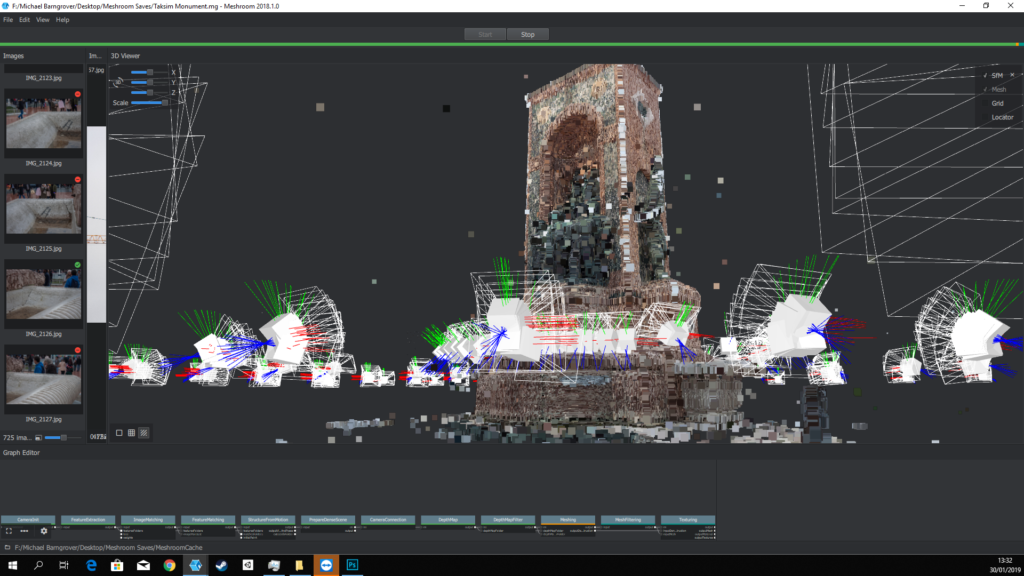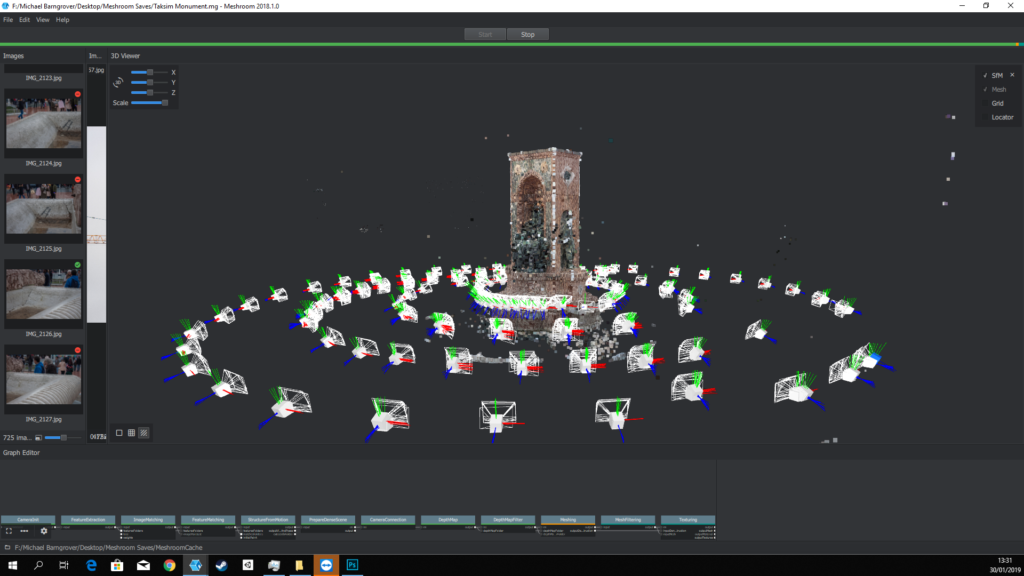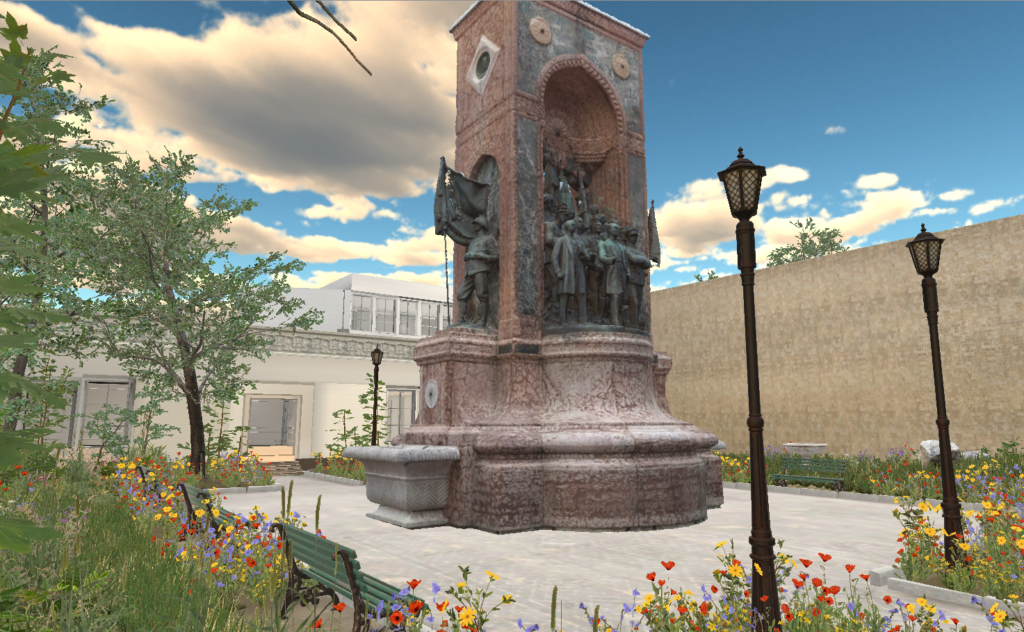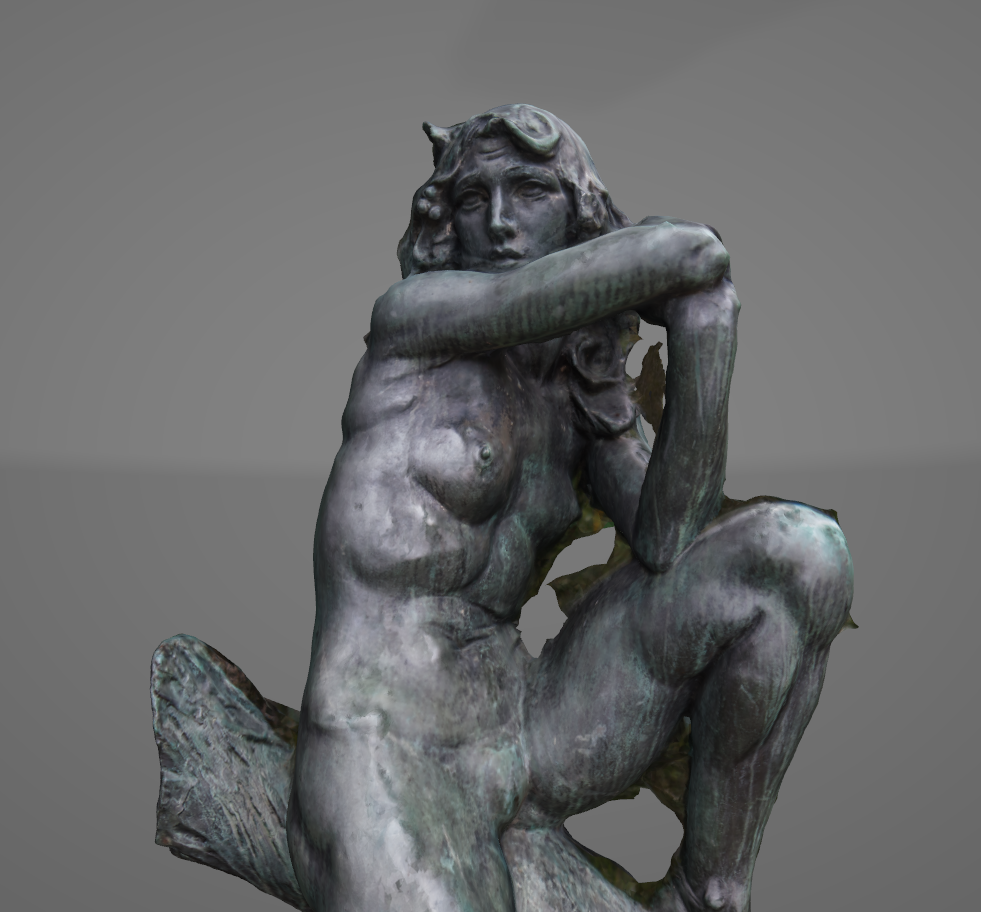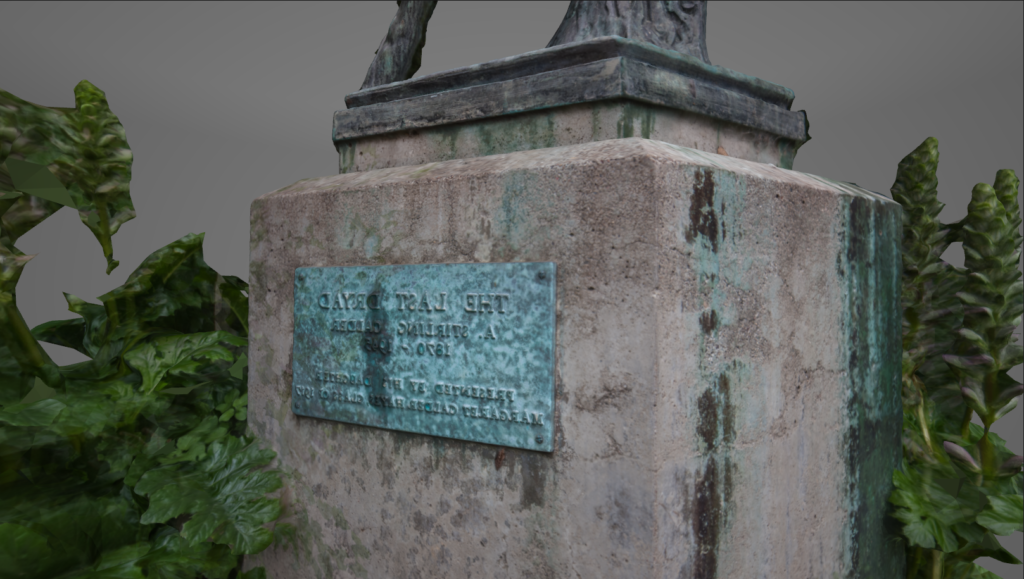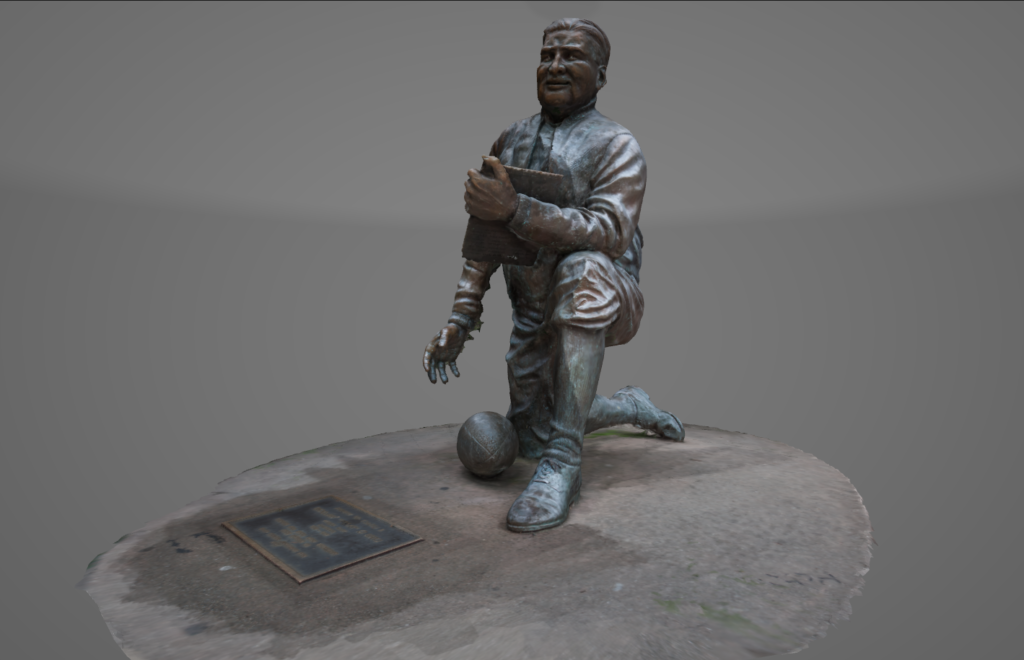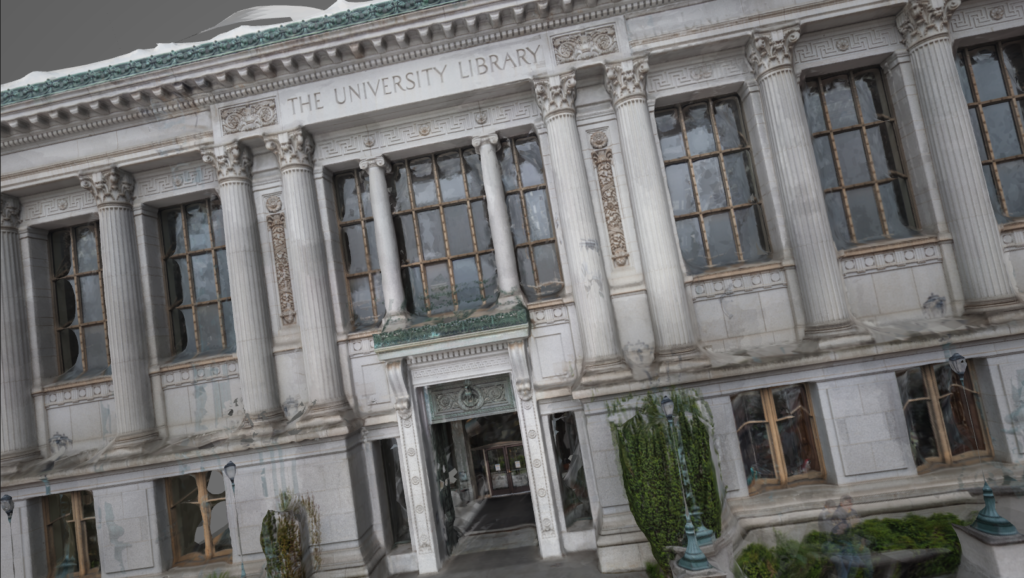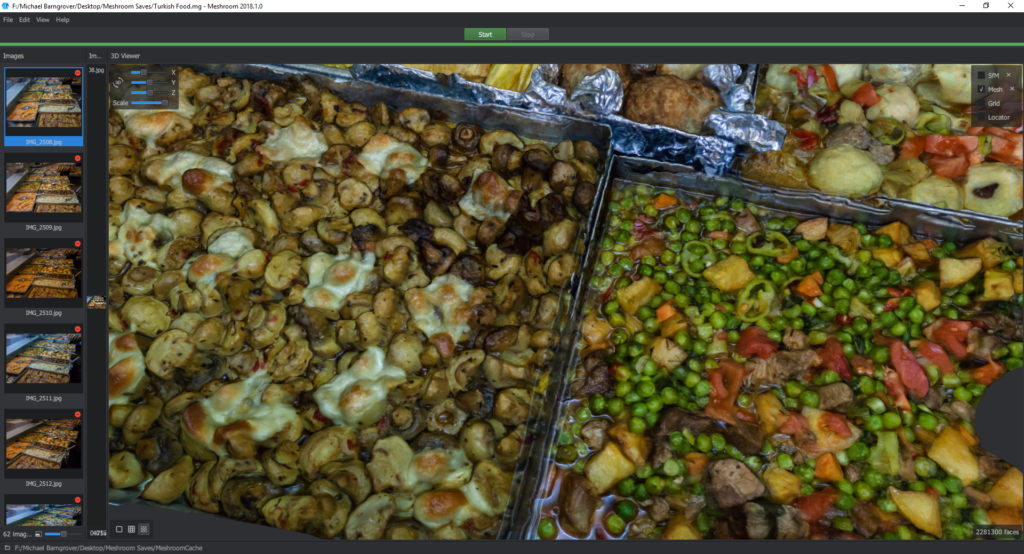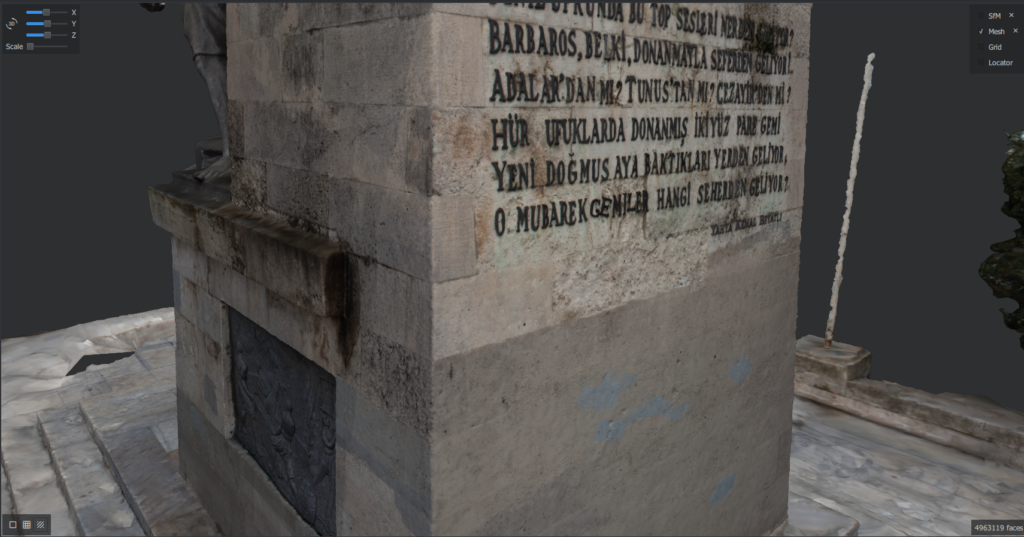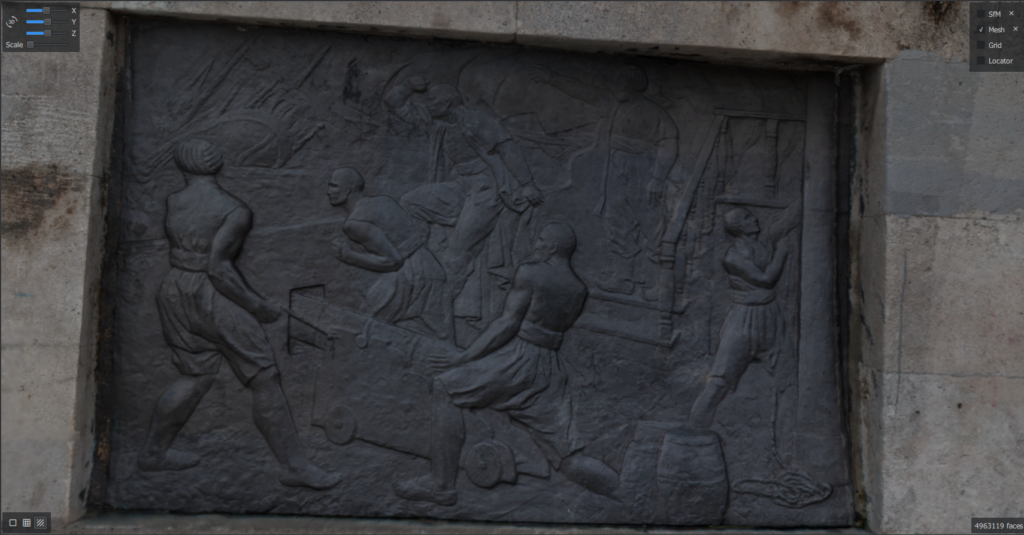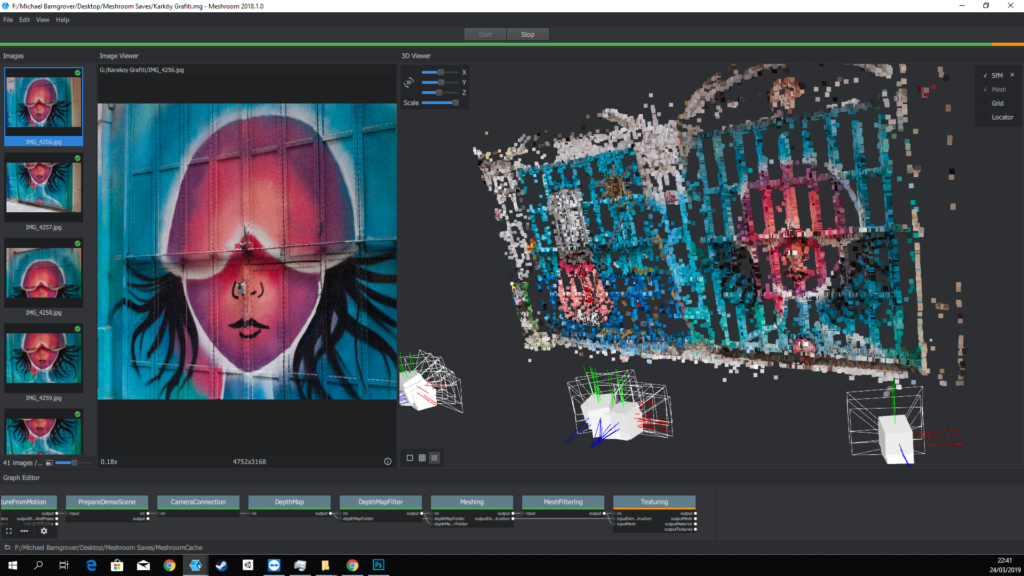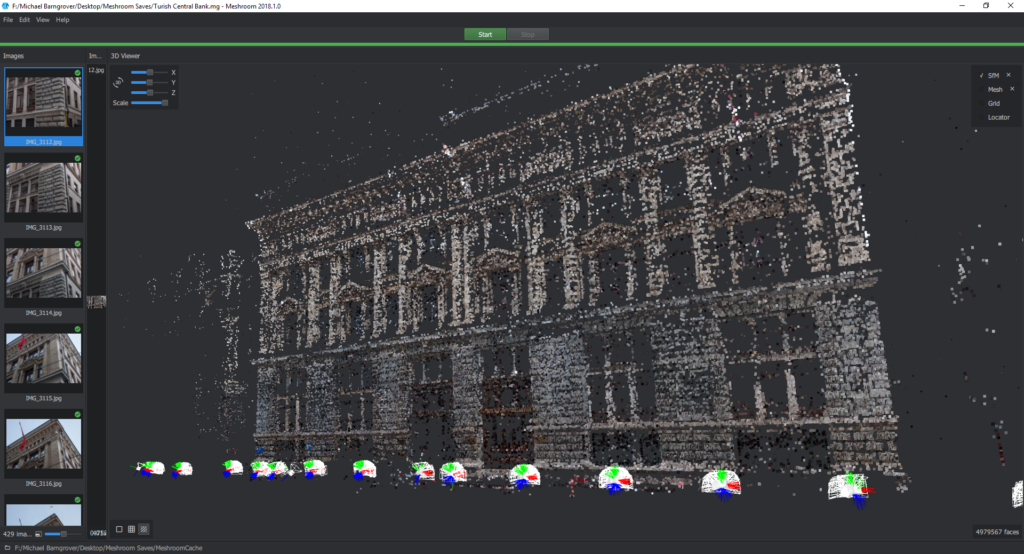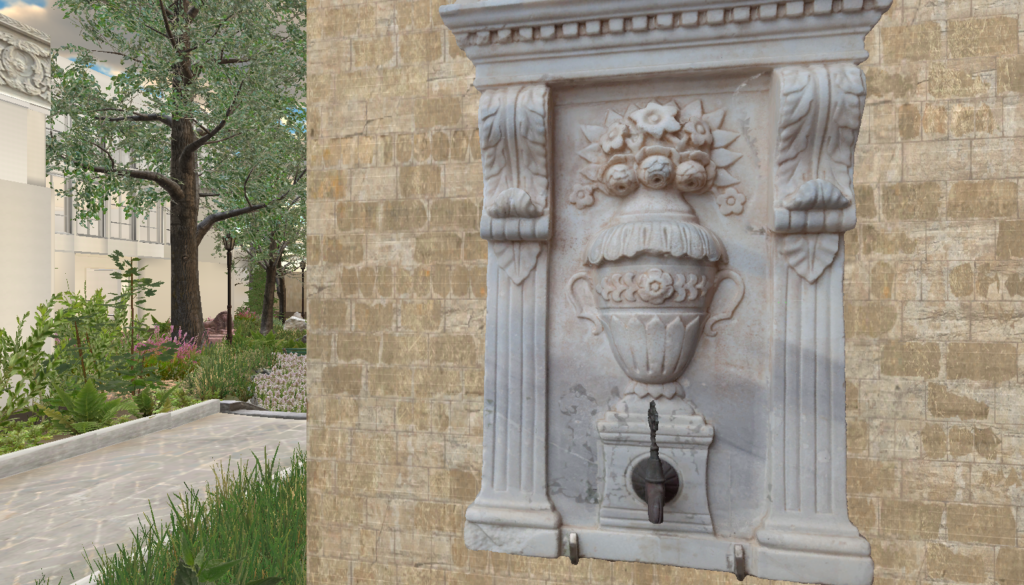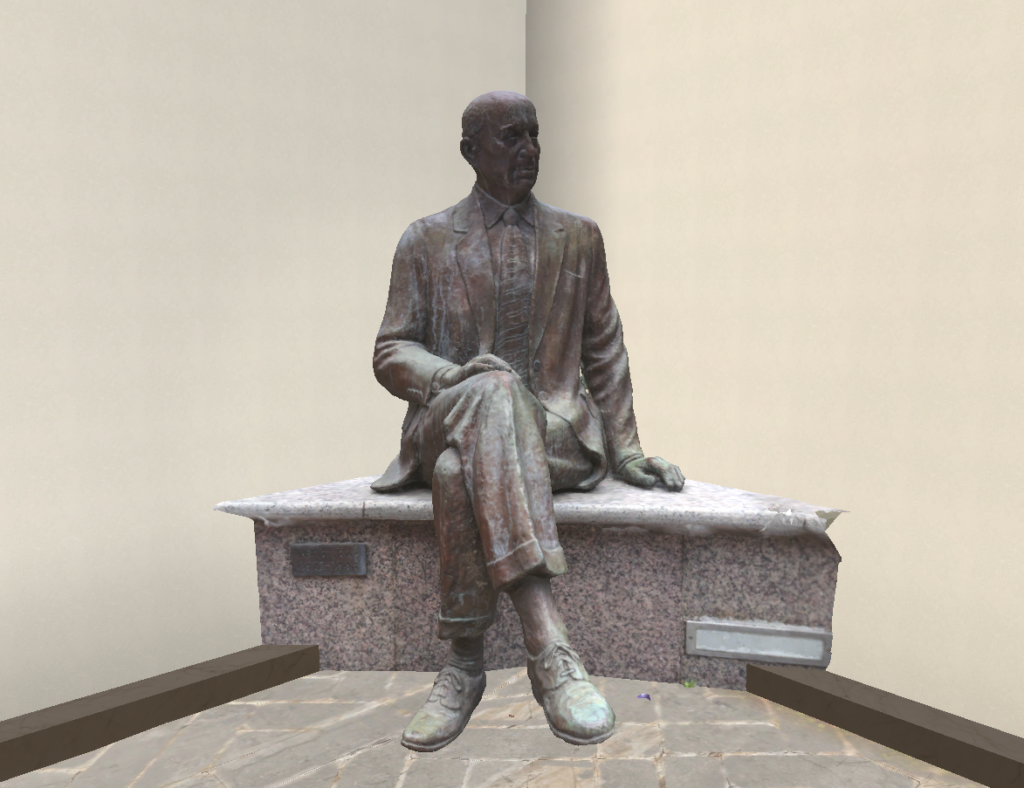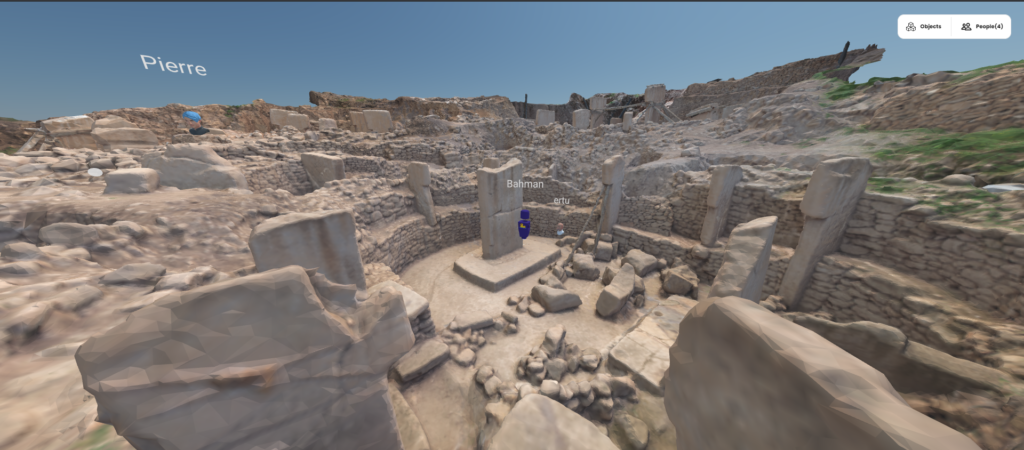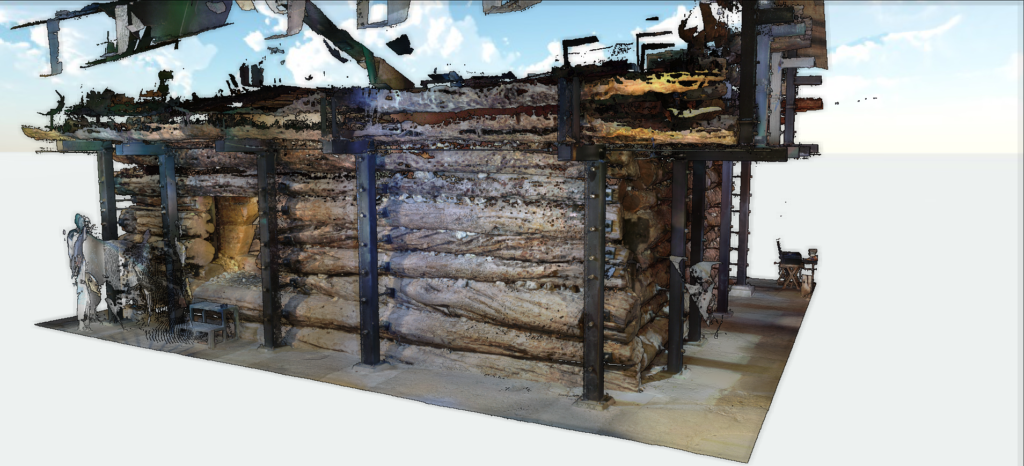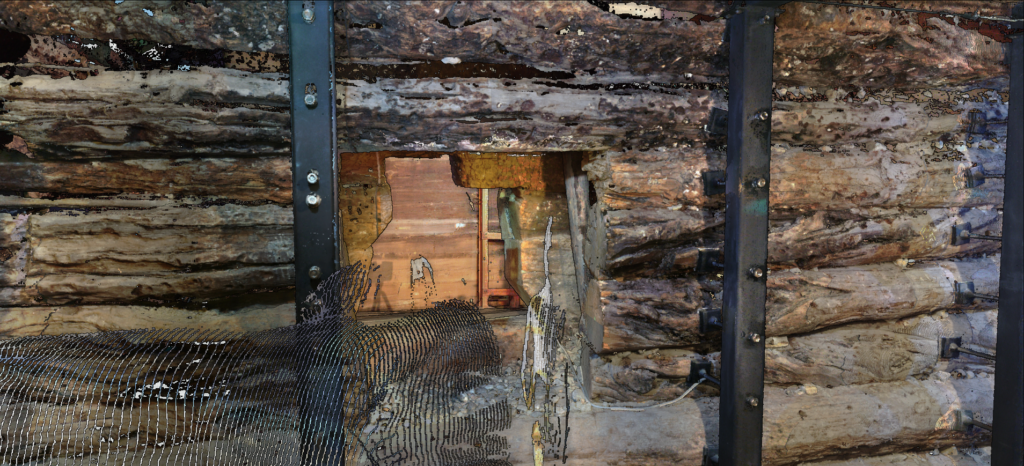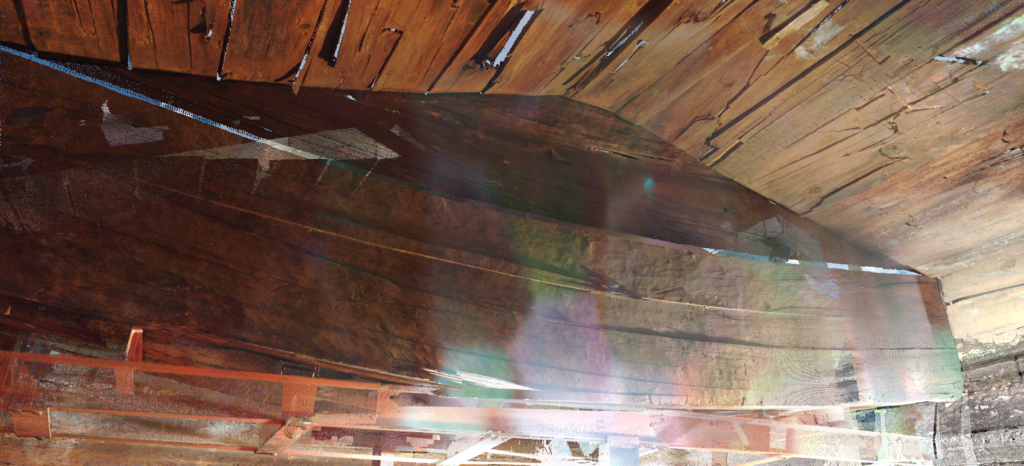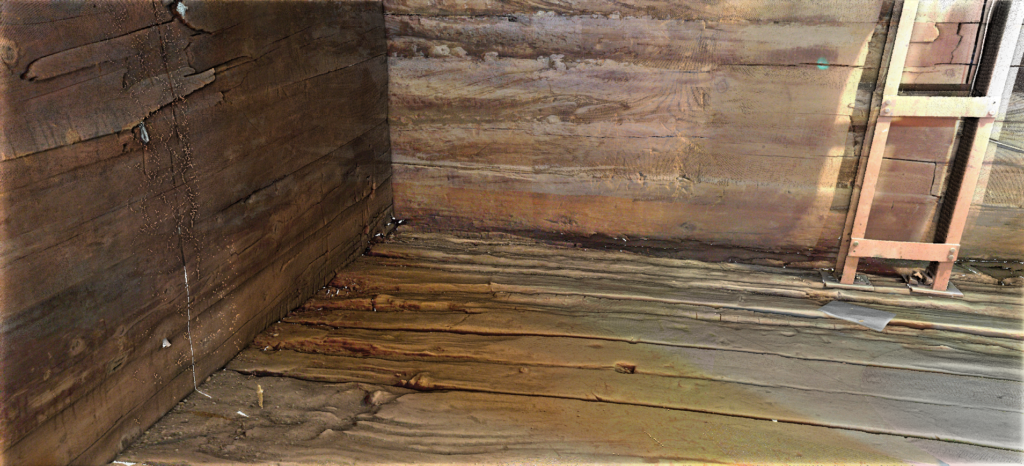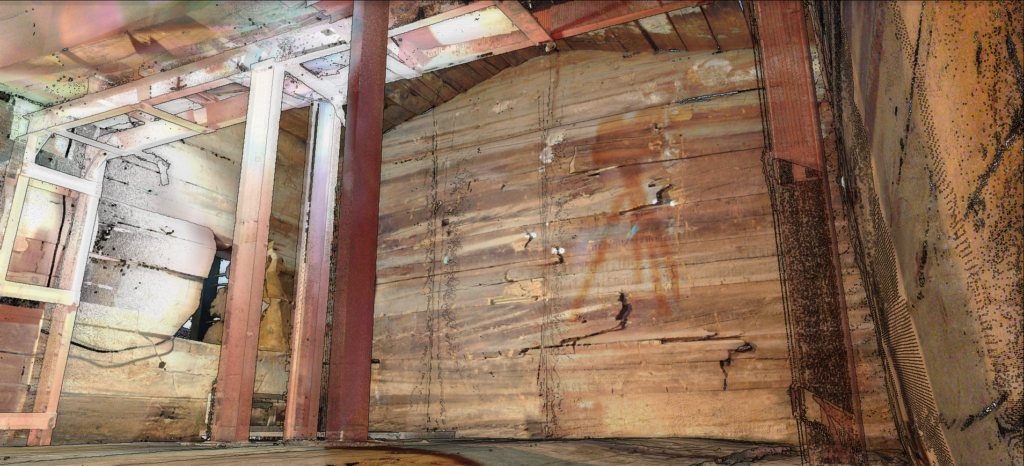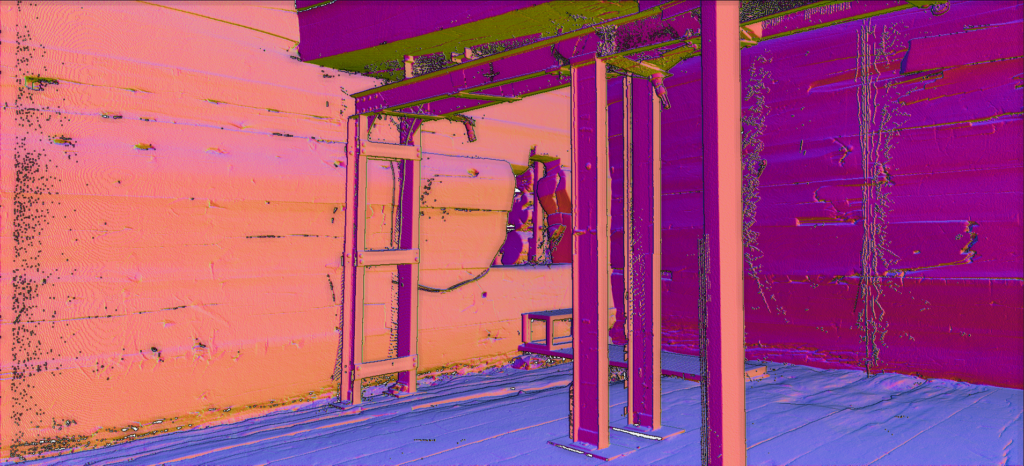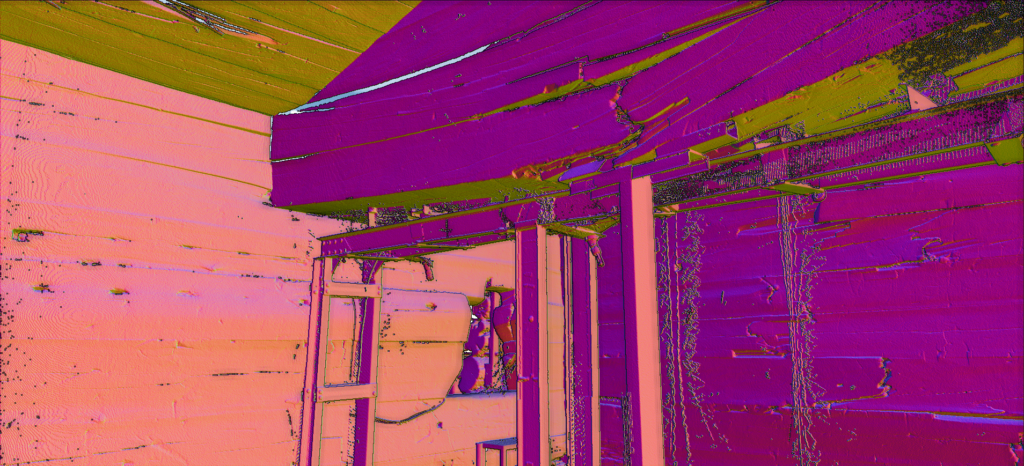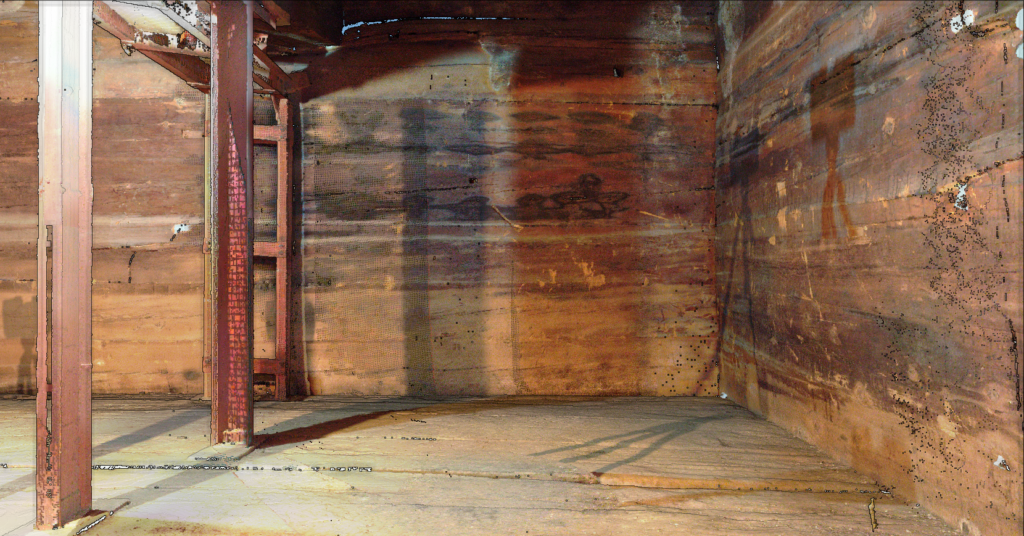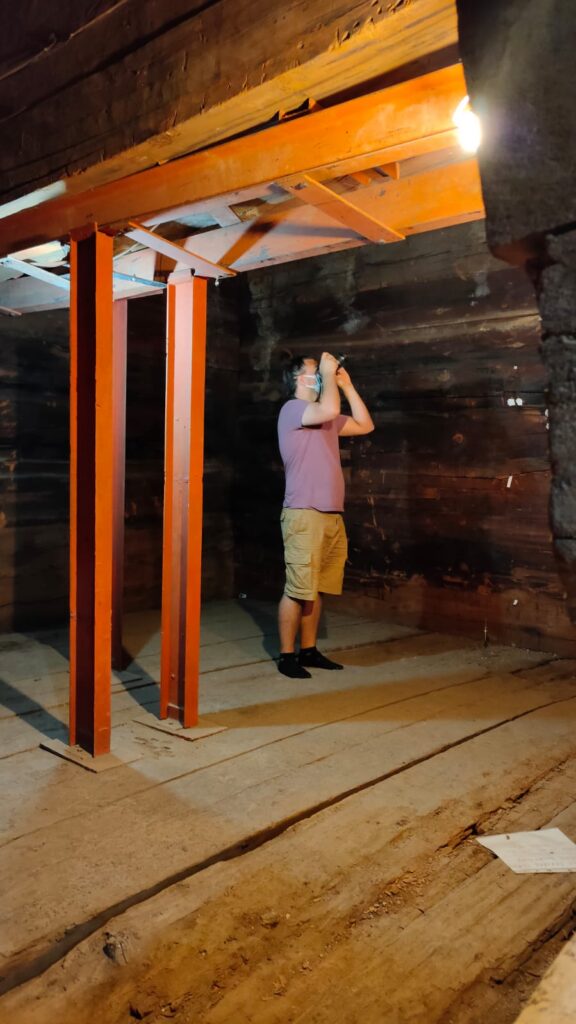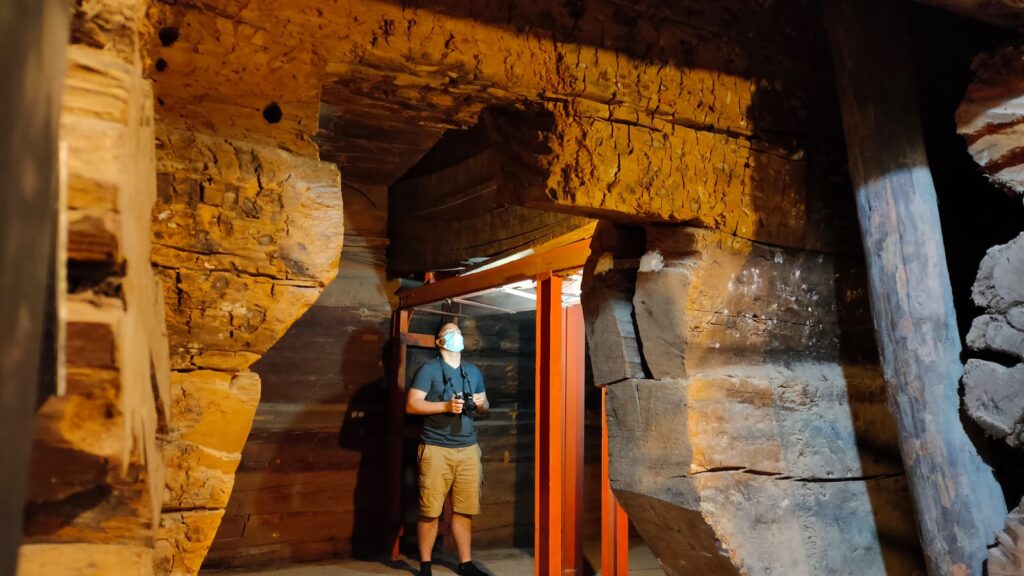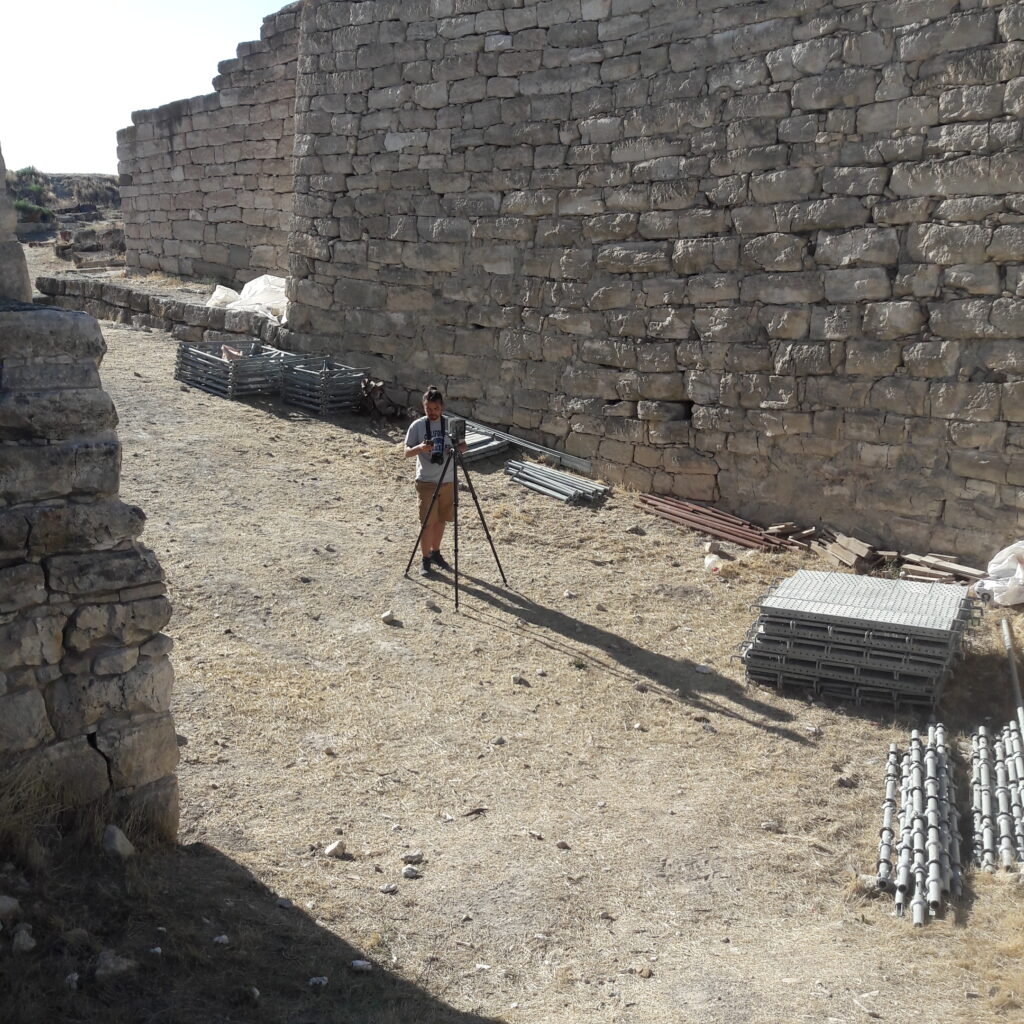Photogrammetry
I’ve been an avid photographer for most of the past decade, and living in a city as steeped in history as Istanbul gives me plenty of opportunity to catch interesting cultural relics. This habit and comfort with a camera came in handy when, in 2018, I started creating VR experiences about local cultural heritage. What I found quickly was that it was not easy to find good models of local structures, and few local 3D artists had any interest at all in local culture. After months or struggle and frustration, I ultimately took it upon myself to learn photogrammetry to create my own models. Thankfully, learning photogrammetry takes less than a day.
It gets easier almost every month, with phone apps now able to provide acceptable quality for most things in almost minutes. For anyone who hasn’t tried it, I encourage you to try it out. I teach people how to shoot effectively and how to use slightly more complex but free tools, like Meshroom, and their excitement when they create their first 3D model of their family or their home or their car or that ancient wall is infectious everytime. Really, photogrammetry is a hobby that’s just good for the soul.
Below are some examples of my work in this field. I mix images of the Meshroom process as well as a couple instances where I have used them inside a Unity scene. These structures were taken from from various places in Turkey as well as on the campus of UC Berkeley.
Archaeological Scanning
In June 2021, I was part of a small team permitted to scan a burial tomb at the Gordoin archaeological site. Gordion was an Phrygian capital, famously the home of King Midas. The monumental tomb, believed to be that of Midas’ father, is a site both renowned and strictly protected. Scanning the tomb with FARO laser scanners as well as with photogrammetry is a way to broaden access to both the exterior and interior of the wooden structure to researchers and students all over the world.
